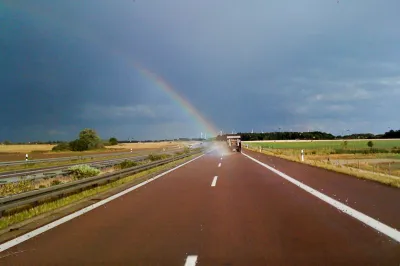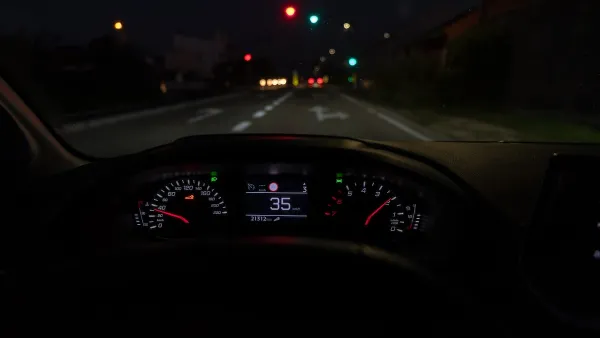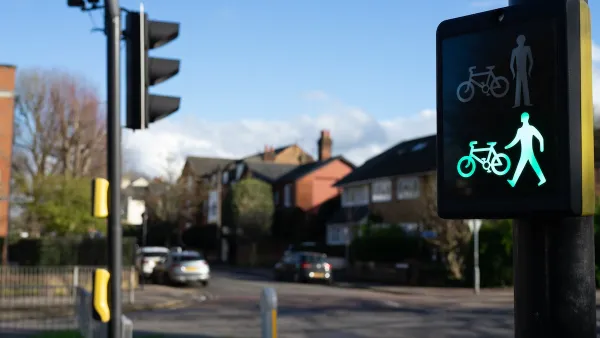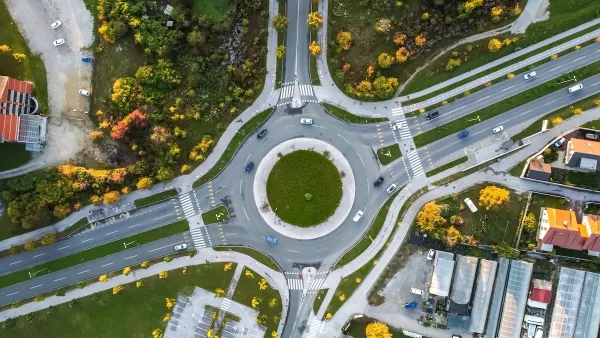As more municipalities are shutting off lights for energy savings, technological innovations are leading the way in new lighting and paving systems to make up for these economic and environmental constraints.

As Jon Scott of Woodhouse discussed in a recent post, many new paving methods equipped with smart technologies are popping up throughout the world. One called George Washington University’s Solar Walk, opened in autumn of 2013 and "features solar panels incorporated into an overhead trellis, and 27 slip-resistant, semi-transparent walkable tiles. The tiles contain photovoltaic technology to convert sunlight into electricity, which in turn powers the 450 LEDs that dot their borders. Combined, the tiles have an average peak capacity of 400W." While most people think of pathways as only having one use (i.e., enhancing pedestrian mobility), the Solar Walk is also a power source and a light source.
Another innovation Scott discusses is the paving of paths with "special minerals that absorb UV light during the day, and emit a soft glow during hours of darkness." According to the manufacturers of these paths, "the luminosity of the pathway adjusts to compensate for the atmospheric light levels – brighter on pitch black nights, and dimmer on lighter evenings. The ‘Starpath’ is a treatment that can be directly applied to an existing surface without the need to take up the original path and re-lay it.... In a time when local authorities are reducing electricity consumption to save money, a new surface that acts as a light source and can be applied in a matter of hours seems like a very attractive option."
Scott also discusses Idaho-based Solar Roadways's project of paving tarmacked surfaces with solar panels, also previously reported on Planetizen. Scott lauds how this innovation for turning "previously unproductive landmass into a renewable energy powerhouse. The solar energy collected by the smart surface could be used to feed the grid during the day time, or even power things such as heating elements under the surface to clear ice and snow from the roads in the winter. Eventually, it might be possible to power electric cars as they drive along. This would be a huge development for electric vehicles, because with current road surfaces and charging systems, they have a limited range that precludes long-distance journeys."
FULL STORY: Can solar roadways and glow-in-the dark footpaths be the future of the road safety?

Analysis: Cybertruck Fatality Rate Far Exceeds That of Ford Pinto
The Tesla Cybertruck was recalled seven times last year.

National Parks Layoffs Will Cause Communities to Lose Billions
Thousands of essential park workers were laid off this week, just before the busy spring break season.

Retro-silient?: America’s First “Eco-burb,” The Woodlands Turns 50
A master-planned community north of Houston offers lessons on green infrastructure and resilient design, but falls short of its founder’s lofty affordability and walkability goals.

Test News Post 1
This is a summary

Analysis: Cybertruck Fatality Rate Far Exceeds That of Ford Pinto
The Tesla Cybertruck was recalled seven times last year.

Test News Headline 46
Test for the image on the front page.
Urban Design for Planners 1: Software Tools
This six-course series explores essential urban design concepts using open source software and equips planners with the tools they need to participate fully in the urban design process.
Planning for Universal Design
Learn the tools for implementing Universal Design in planning regulations.
EMC Planning Group, Inc.
Planetizen
Planetizen
Mpact (formerly Rail~Volution)
Great Falls Development Authority, Inc.
HUDs Office of Policy Development and Research
NYU Wagner Graduate School of Public Service




























